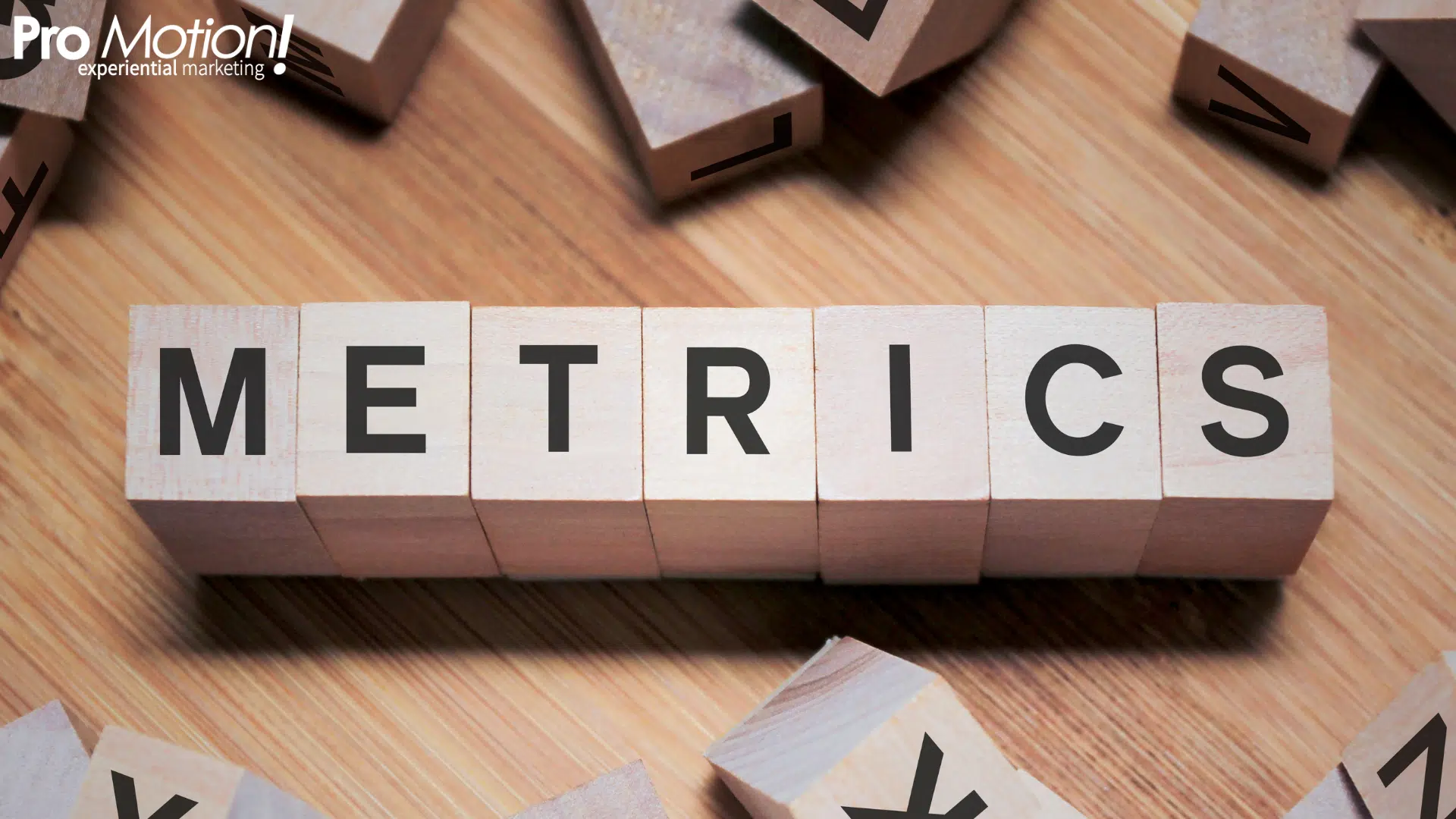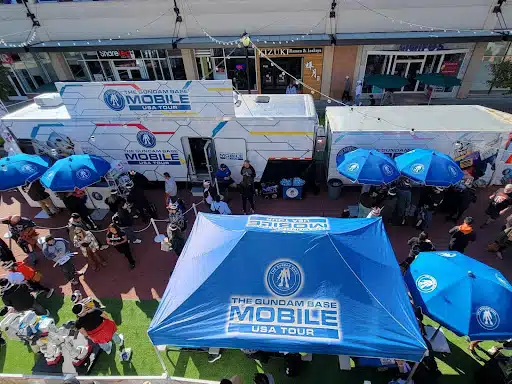Back in May, we wrote a blog about the future of experiential marketing in a post-pandemic world. While those predictions and recommendations are still relevant, May feels like ages ago rather than just a few months ago — and plenty has changed since then! While some places continue to open back up to in-person events, other locations are applying more restrictions. This pattern is likely to repeat itself for the foreseeable future. Since we can’t all postpone our events and marketing programs indefinitely. What is your brand to do in the meantime?
In this blog, we’ll explore some of the ways your brand can continue to connect in B2C and B2B environments, how companies are adapting their events to the pandemic, and more possibilities for hosting safe events when possible.
Going Virtual
Many large conferences, trade shows, and exhibitions have made the decision to pivot their events to virtual experiences. In April, Bizzabo surveyed 400 event marketers and found that 87% of major event organizers are running a virtual event in 2020. In addition, 90% of respondents plan to invest in virtual events for the future. Facebook is just one of many major companies to shift to entirely digital events until 2021. As we all have likely learned on a small-scale during work meetings and presentations, it isn’t enough to just shift whatever would work in-person to an online event. The importance of engaging audiences is stronger than ever. Here are some things to keep in mind when shifting an experience, such as a conference or tradeshow, virtual:
- Step One: Consider whether going virtual is even right for your event. Will your event still achieve its goals in a digital space? Will attendees and stakeholders feel the event was worthwhile? Don’t waste time and resources converting an event to digital if it would be better off canceled for the year. Carefully consider where and how you want to spend your event budget.
- Go Beyond the Webinar: If you have kids learning remotely, you probably have wondered whether the remote environment is keeping them as engaged as in the classroom. Well, adults can have trouble staying focused in a virtual environment, too! While there is nothing wrong with webinars — indeed, it may make sense for your company to record some during this time — a slideshow is not the same as an event. Keep presentations short (we’ve seen 20 minutes recommended as a maximum), add live chatting and polling, and explore other ways to gamify the experience. Reward attendees for engaging with different modules by offering giveaways or exclusive experiences.
- Keep People Connected: Live events and conferences are often used for networking and identifying leads. A passive digital event where attendees don’t interact with each other won’t achieve those goals. Find ways to get individuals interacting with each other, whether through breakout sessions, chatrooms, or digital “booths.” Find ways to include in-app click-to-share social content. The fun parts of events — group yoga, raffles, trivia, happy hours — can all be replicated in a virtual environment.
For more tips about shifting your event to a virtual format, check out these articles.
Virtual also is not limited to the conference format. Here are some other ways brands are staying engaged with customers and building customer loyalty in the digital realm:
- Exclusive at-home experiences. Mastercard’s Digital Priceless Experiences has provided exclusive content and opportunities for cardholders, in addition to material open to the public. Events so far have included a mini-concert series with Grammy nominee Camila Cabello and an at-home cooking lesson with chef Bryan Voltaggio. The events were particularly successful because the at-home environment the experiences were filmed in felt more personal to audiences.
- Use influencers, brand ambassadors, and social media. Stay engaged with your customers by continuing to create content for them and offering them opportunities to engage with others from home. Whether a demo of a brand ambassador using your product or a “lunch together” event like we described in our previous blog, there are many ways to create an experience that feels personal on social media. For example, the music industry has stayed engaged with fans by offering streamed-from-home concerts, which by nature is a more intimate performance than a large concert. And a popular Zoom event, Club Quarantine, stays engaged with their audience by posting regularly on Instagram.
- Offer demos or live presentations. This example is likely to be particularly relevant to B2B companies. While the roadshow may still be possible to carry out safely, depending on your area, you don’t have to depend on trade shows or in-person demos. Offer to provide live-streamed demonstrations of your product and free consultations with potential customers.
Hybrid Events
Bizzabo also reported that 68% of event marketers envision a hybrid solution that includes both in-person and virtual aspects, and that this approach will continue to be popular going into 2021. In fact, some brands already offer a hybrid approach to their events. A hybrid event is any event — conference, seminar, trade expo, etc. — that combines live, in-person elements with digital, online components. For example, a conference with limited in-person attendance featuring keynote speakers that is also streamed online would be a hybrid event.
Apple has taken this approach for years — Apple Special Events, used as space for the CEO to announce exciting new products, are also streamed online in order to reach more customers. Another hybrid event example is the Agents of Change Digital Conference. On-demand videos are available online for only a limited time after the conference, encouraging individuals to engage with the content before access expires. Registration for the virtual conference also includes access to an exclusive private networking group.
In-Person, Safely
In some cases, in-person events are still an option. Some can be done with smaller crowds, while others would keep attendees totally distanced. Here are a couple ideas to get you started:
- Host or sponsor a drive-in movie night, comedy show, or concert
- Create a drive-through experience. Think activations like 29Rooms, but larger!
- Touchless B2B roadshow: Offer a contact-free experience to individuals or small groups, using technology such as interactive motion tracking screens, voice activation, and more.
- Offer a VIP event or dinner party: Keep the guest list small, and distance groups from each other.
Of course, any decisions made about offering events in person must be made with the safety of your employees and customers in mind. Follow relevant health guidelines in your area when deciding to host an event.
If you are struggling to engage your brand to your customers, reach out, and let’s have a strategy session. We can tell you what other brands are doing to stay engaged and relevant. We are an accomplished experiential marketing agency with 25 years of experience. Pro Motion is an industry leader in creating engaging, unique experiences, and effective marketing campaigns. Give us a call at 636.577.8507.
 Can’t wait for our next post? Learn More About Steve Randazzo’s Best Selling book, Brand Experiences: Building Conne
Can’t wait for our next post? Learn More About Steve Randazzo’s Best Selling book, Brand Experiences: Building Conne




